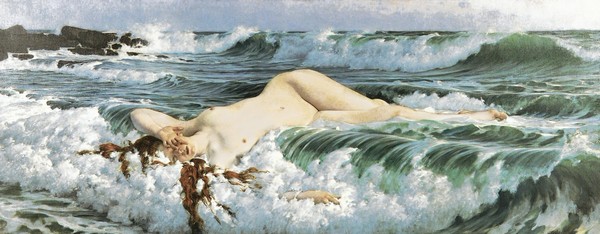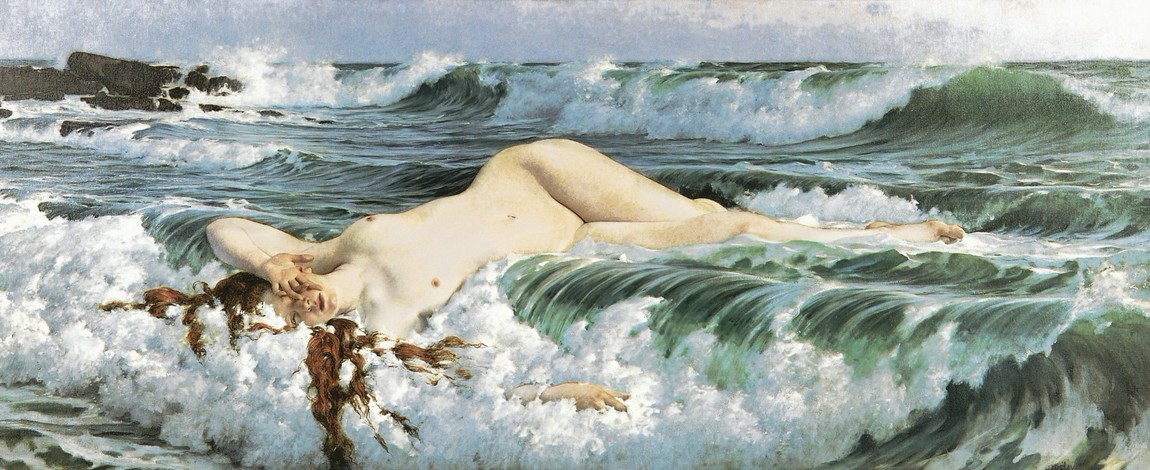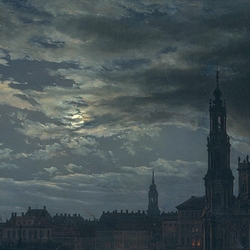
Wilhelm Killmayer was born in 1927 in Munich, and died in a nearby village, Stanberg, the day before his 90th birthday. He was born late enough to not have to fight in the war (Dietrich Fischer-Dieskau, for example, born just two years earlier, was not so lucky), but, of course, that disaster affected his life (he was the only one among his classmates who did not join any youth organization of the Nazi Party), and his education was at a different rate than would have been the case under normal circumstances. He studied Musicology, German and Italian studies and took private composition lessons with Carl Orff, before studying at the university with him only in 1952. For a time, he was a teacher, in different centres; he was the conductor of the Bavarian State Ballet and, above all, he was an independent composer, in all respects.
He distanced from serialism, which he found too dogmatic, and his style was inspired by the study of the 19th century musical tradition, composing in his own way. Maybe one day musicologists will have more perspective to analyse and assing Killmayer to some current, but his music often puzzled critics, who tried to classify his music, something the composer did not understand: “I would rather prefer if my critics would not always insist that my hat is not blue enough – when, in fact, the colour of my hat is yellow.” We are talking about a big work that includes works for stage, choir, symphonic, piano, chamber, and songs. And this is where we should stop.
Killmayer had a strong affinity with poetry, which was his main source of inspiration: “For me, literature is almost as important as music. I learn a lot from poetry, especially formally and in relation to new ideas.” And when asked about his favourite gender, he said: “Lied and vocal music are fundamental to me.” It is not surprising that he produced nearly two hundred Lieder between 1950 and 2008, and that he carefully selected the poets he would set to music. In his catalog, we find romantics like Eichendorff, Hölderlin or Mörike, early 20th-century poets like Georg Trakl, or his contemporaries like Peter Härtling. He also looked outside Germany; to the past, composing songs with poems by Sappho, Charles d'Orléans or Petrarch, or to more recent times, setting music to poems by García Lorca.
This week we have him here because he composed a very extensive cycle of poems by Heinrich Heine. In the series The Buch der Lieder and ten composers, I included songs by Heine's contemporaries such as Fanny Hensel and Franz Liszt, and songs composed in the early years of the 20th century, such as those by Richard Strauss and Nadia Boulanger. I also wanted to include a song from the end of the 20th century, taken from the cycle Ein Liederbuch nach Gedichten von Heinrich Heine [A Songbook upon poems by Heinrich Heine], for tenor and piano, composed by Killmayer between 1994 and 1995.
Killmayer said of Heine that “The contradictions of human nature delighted him, he loved the unevenness of life and all its manifestations”, explaining why he had chosen the thirty-five poems of the cycle: “In this selection I have attempted to juxtapose the various personae and forms used by Heine so as to present a picture of his personality”. The cycle is divided into four parts: Ich hab im Traum, Das ist menschlich!, Die alte Geschichte and Die Macht des Gesanges, with poems belonging to both the Buch der Lieder and the later collection, Neue Gedichte. We recognize most of the poems from the Buch der Lieder, which is the subject of our series, from Lieder by other composers; the title of the first part Ich hab in Traum immediately brings to mind Schumann's Dichterliebe, and the last one, Auf Flügeln des Gesanges by Mendelssohn. In between we find other poems from Dichterliebe and other titles we heard in this series, such as Ich weiss nicht was soll es bedeuten, Es fällt ein Stern herunter or Die heilgen drei Könige aus Morgenland. Only because of these coincidences and the interest in learning a new way of understanding Heine's poetry it is worth listening to the full cycle. I hope that the Lied I chose to listen to encourages you to do so.
Wie die Wellenschaumgeborene is the seventh song in the third part, Die alte Geschichte [The Ancient History]. The literal translation of the title, “As the one born from the foam of the sea”, reminds us of the goddess of love and beauty, Venus, or Aphrodite. The poem, of two stanzas, is familiar to us even if it is the first time we read it; there are images, in addition to the hyperbole of the first verse, that remind us of something. In the second stanza, we find two words that, however little we know about Dichterliebe, catch our attention: 'grolle nicht'. And, yes, Wie die Wellenschaumgeborene is No. 17 from the Lyrisches Intermezzo, the one that precedes Ich grolle nicht. Killmeyer poet is not angry, and seems to not really want to grudge the beloved who marries another. His song is, above all, a lament (a beautiful one, by the way). I hope you enjoy the song, performed by Christoph Prégardien and Siegfried Mauser. If this is the case, and you want to get to know Killmayer's music and Heine's poetry, this duo recorded the complete cycle.
Wie die Wellenschaumgeborene
Strahlt mein Lieb im Schönheitsglanz,
Denn sie ist das auserkorene
Bräutchen eines fremden Manns.
Herz, mein Herz, du vielgeduldiges,
Grolle nicht ob dem Verrat;
Trag es, trag es, und entschuldig es,
Was die holde Törin tat.
Radiant as the foam-born Venus,
Gleams my love in beauty's pride,
For a strange man, come between us,
Claims her as his chosen bride
Heart, my heart, thou much enduring,
Murmur not at Fate's decree;
Bear it, pardon what's past curing--
What, sweet fool, she has done to thee.
(translation by John Todhunter)
















